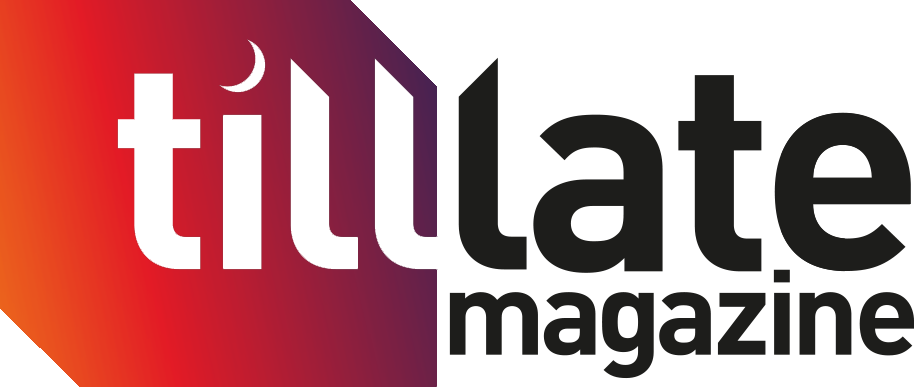How to Cover Arts and Culture News That Engages Readers
Covering arts and culture news is about more than headlines; it’s about forging connections. You want your audience to feel something—whether it’s joy, nostalgia, or inspiration. By blending vivid storytelling with personal anecdotes, you can draw readers in. But there's more to consider. What other techniques can deepen that engagement and keep readers coming back for more? Let's explore this together.
Crafting Emotional Connections Through Storytelling
Crafting emotional connections through storytelling is an important aspect of arts and culture journalism. To enhance articles, journalists can incorporate human interest elements, such as behind-the-scenes anecdotes or the challenges faced by artists, which may foster relatability and significance.
Utilizing vivid imagery can assist in creating a more engaging narrative that allows readers to feel a part of the experience rather than mere observers. By addressing the emotional dimensions of art—such as powerful performances or thought-provoking exhibitions—pieces can offer readers a deeper understanding of the subject matter.
Additionally, documenting community responses can underscore the societal importance of the arts, reinforcing connections that can engage and inform the audience.
Utilizing Multimedia for Enhanced Engagement
Multimedia has the potential to significantly enhance engagement with arts and culture by incorporating various formats that cater to diverse audience preferences. Utilizing high-quality visuals, such as images and videos, can effectively illustrate key concepts and themes within artistic expressions, making them more accessible to viewers.
Audio components, including podcasts, enable audiences to gain insights directly from artists and cultural commentators, thus providing a personal connection to the subject matter.
Interactive features, such as photo galleries and virtual reality tours, contribute to a more immersive experience, allowing users to explore artistic works and cultural sites in greater depth. Additionally, data visualization techniques can present complex trends and statistics in the arts sector, which can be particularly appealing to audiences with an analytical focus.
Moreover, the integration of social media platforms for sharing multimedia content, including live-streamed events and behind-the-scenes footage, can enhance outreach and promote audience interaction.
This approach creates opportunities for a broader and more engaged community, where individuals can participate in ongoing discussions about arts and culture.
Developing a Unique Voice and Perspective
In arts and culture journalism, establishing a distinct voice can enhance the impact of your work. By integrating authentic viewpoints and personal experiences, writers can craft narratives that engage their audience more effectively.
Utilizing clear imagery and descriptive language can help readers better understand and appreciate various forms of art and performance. Conducting thorough research on artists and their backgrounds can provide valuable context and deepen the analysis present in your writing, which may lead to more meaningful audience engagement.
Additionally, involvement in the arts community through attending events and discussing ongoing trends can reinforce your insights and lend credibility to your coverage. This grounding in reality ensures that your perspective remains relevant and persuasive, ultimately distinguishing your work in the field.
Incorporating Key Facts and Insights
Building a distinctive voice in arts and culture journalism necessitates the integration of key facts and insights that support informed storytelling. Relevant statistics, such as attendance figures and critical reception, should be employed to establish credibility in your articles.
Incorporating direct quotes from artists and attendees fosters emotional connections while detailing specific aspects of event locations and featured themes. It's essential to remain informed about current trends in the arts community through digital platforms, which can illustrate how events engage with broader cultural conversations.
Additionally, including insights into audience reactions and critical reviews can provide a balanced perspective, enhancing reader engagement.
Weaving Personal Anecdotes and Vivid Descriptions
When constructing narratives about arts and culture, incorporating personal anecdotes alongside vivid descriptions can enhance reader engagement. By sharing relevant experiences, writers can establish a connection with their audience, which may improve overall reception of the work.
For instance, detailing the sensory experiences associated with a gallery opening, such as the scent of fresh paint, or the energy of a live performance, can provide readers with a clearer understanding of the atmosphere. Additionally, integrating timely anecdotes that relate to current trends can illustrate the relevance of cultural themes in daily life.
Ultimately, merging personal observations with analytical critiques of cultural phenomena can provide a distinct perspective that bolsters the effectiveness of the storytelling.
Building Relationships With Your Audience
To effectively connect with your audience, it's important to gain a comprehensive understanding of their interests and preferences regarding arts and culture.
Engaging with your target audience through social media platforms and comment sections can facilitate relationship building. Encouraging feedback is essential, as it allows for adjustments in content coverage to better align with audience expectations.
Hosting Q&A sessions or discussions can foster deeper connections and encourage direct interaction.
Personalizing communication in newsletters by addressing readers directly can enhance their sense of value.
Furthermore, employing storytelling techniques that emphasize the emotional dimensions of art can capture reader interest, promote sharing, and contribute to the development of a dedicated readership.
These strategies, when implemented thoughtfully, can lead to more meaningful interactions and a stronger connection with the audience.
Conclusion
As you venture into covering arts and culture, remember to weave emotion and personal stories into your narratives. Utilize multimedia to captivate your audience and express your unique voice. Don’t shy away from incorporating key facts that add depth and credibility, and always strive to build connections with your readers. By doing this, you’ll create engaging content that resonates, transforms, and leaves a lasting impact on those who experience it. Keep creating and inspiring!
